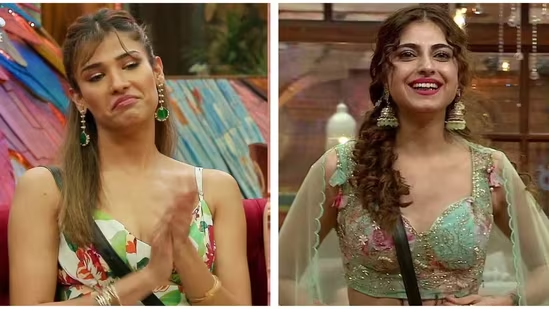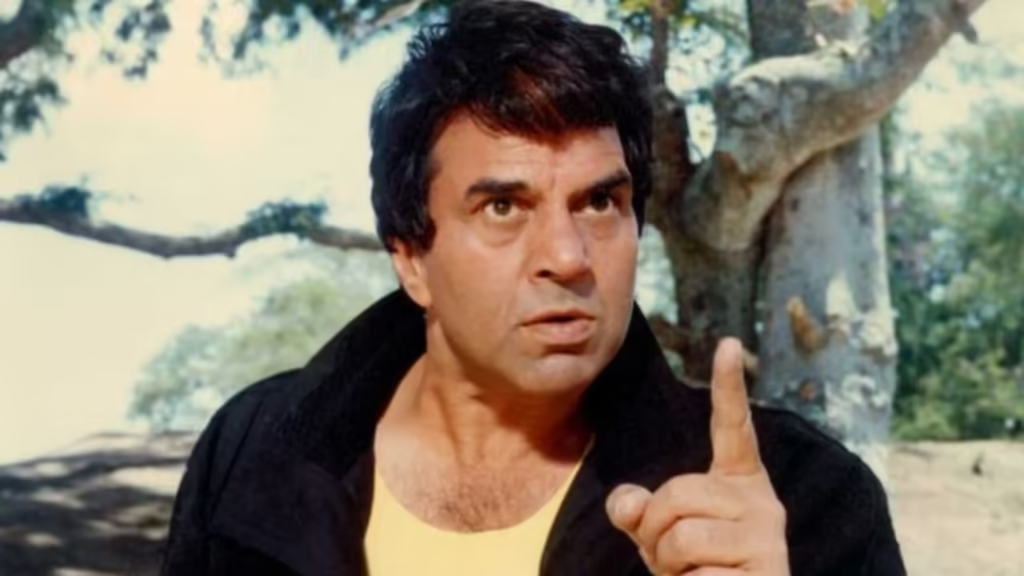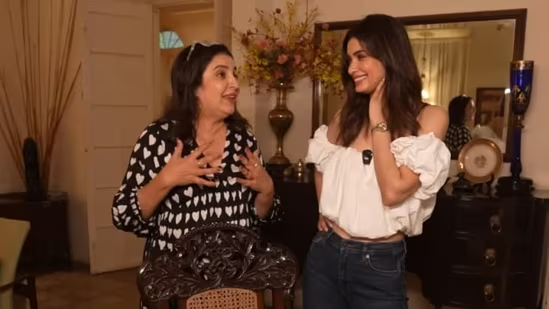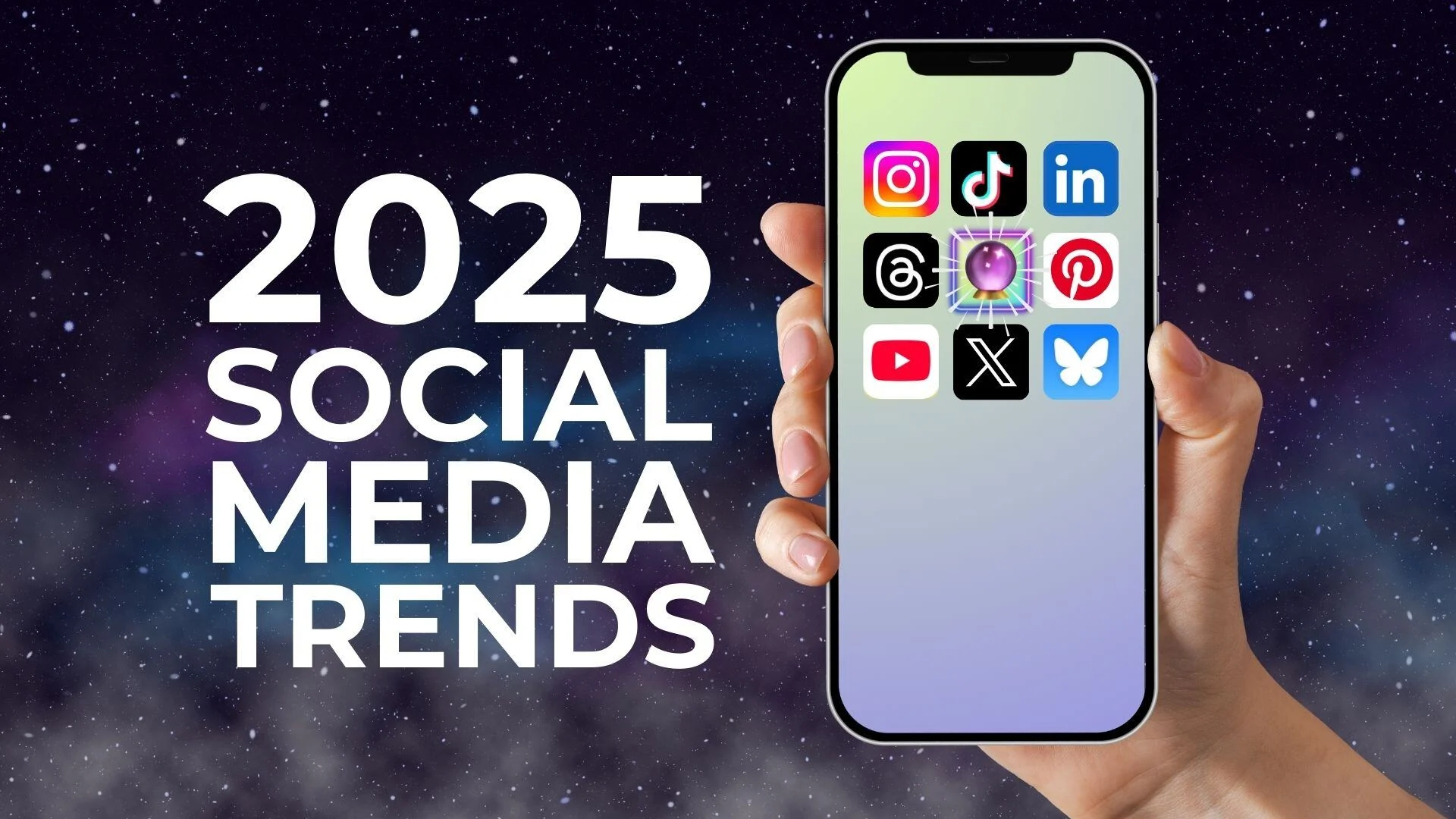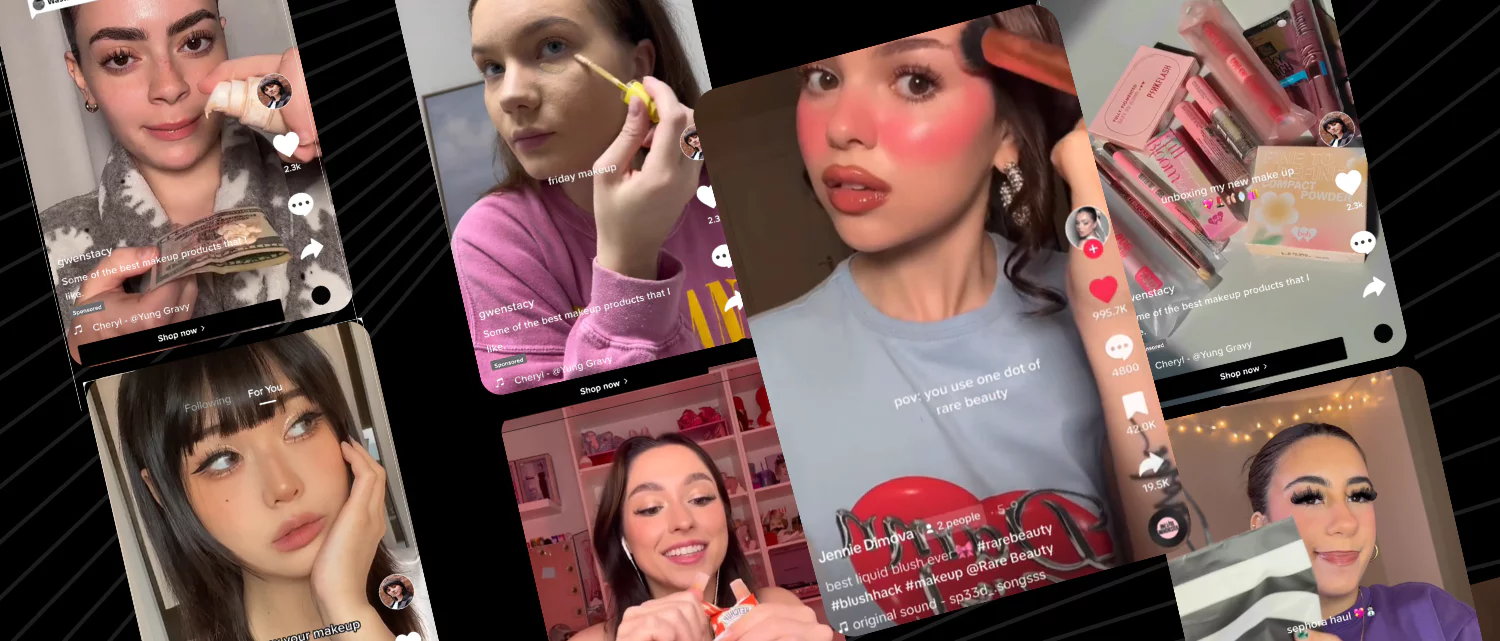Now Reading: Chudails, Roasts, and Relatability: What’s in Store for Influencer Marketing in 2025?
-
01
Chudails, Roasts, and Relatability: What’s in Store for Influencer Marketing in 2025?
Chudails, Roasts, and Relatability: What’s in Store for Influencer Marketing in 2025?

Influencer marketing in India is undergoing a curious transformation in 2025. Gone are the days of polished promotions and rehearsed endorsements. Today, it’s all about chudails in sarees, hilarious roast videos, and painfully relatable content. With audiences demanding authenticity and satire over sales talk, especially from younger viewers in Tier 2 cities, brands are rethinking how and who they collaborate with.
Satire Sells: The Rise of Roasts and Parodies
Comedy creators who specialise in roasting pop culture, ads, or even themselves are gaining rapid popularity. These creators, often armed with sarcasm and memes, manage to keep the content entertaining while slipping in brand promotions cleverly.
Brands that once hesitated to be part of joke-led content are now willingly participating, recognising that this indirect approach boosts engagement far more than traditional influencer posts.
‘Chudail Aesthetic’ and the Power of Character Play
The internet’s obsession with fictional characters—be it desi chudails, over-dramatic aunties, or Gen Z babus—is not just about fun anymore. Many influencers are building entire brand collaborations around these characters, creating skits that mix horror, humour, and everyday issues.
In cities like Bhopal, Jaipur, and Ranchi, such content is drawing huge viewership as it connects with rural-urban crossover experiences. The characters are relatable, rooted in local culture, and perfect for regional branding.
Relatable > Aspirational
In 2025, the definition of an ‘influencer’ is shifting. Followers aren’t looking for someone with perfect aesthetics—they’re connecting with creators who reflect their reality. Be it college students managing side hustles or homemakers sharing daily chaos, relatability is driving loyalty.
Tier 2 audiences are responding more to real stories and less to choreographed content. Influencers who speak regional languages, wear everyday clothes, and shoot from their homes are outperforming metro-based, glossy creators.
Brand Strategy: Humour, Honesty, and Hyperlocal
For brands, this means reworking their messaging. Direct selling is taking a backseat. Instead, humour and storytelling—especially with a regional twist—are proving more effective. Influencers are being given more freedom to create their own style of content rather than following scripted briefs.
Smaller businesses from Tier 2 and Tier 3 cities are also getting into influencer marketing by collaborating with local creators who know the pulse of their community.
Influencers as Social Commentators
Another rising trend is content creators speaking out on social or cultural issues. Influencers are no longer just brand ambassadors; they’re becoming modern-day satirists and commentators. Whether it’s questioning gender roles through comedy or highlighting everyday struggles through skits, the line between entertainment and awareness is blurring.
This shift is pushing brands to be more mindful about the kind of creators they partner with, ensuring value alignment and avoiding backlash.
Conclusion
Influencer marketing in 2025 is no longer about who shouts the loudest, but about who connects the deepest. From chudail-themed content to roast reels and hyperlocal heroes, the Indian digital space—especially outside metros—is rich with creativity and cultural flavour. As audiences grow sharper and expectations change, brands and creators must walk the fine line between entertainment, ethics, and engagement.








